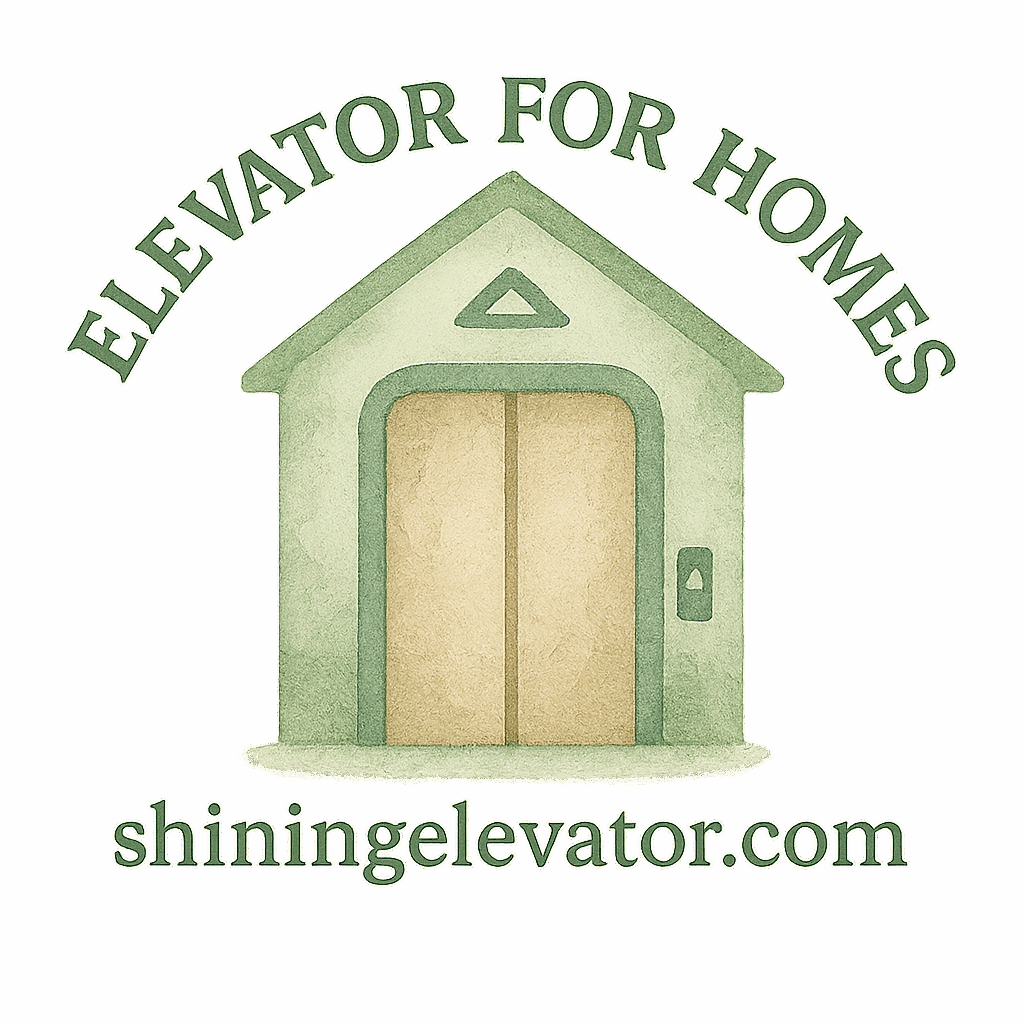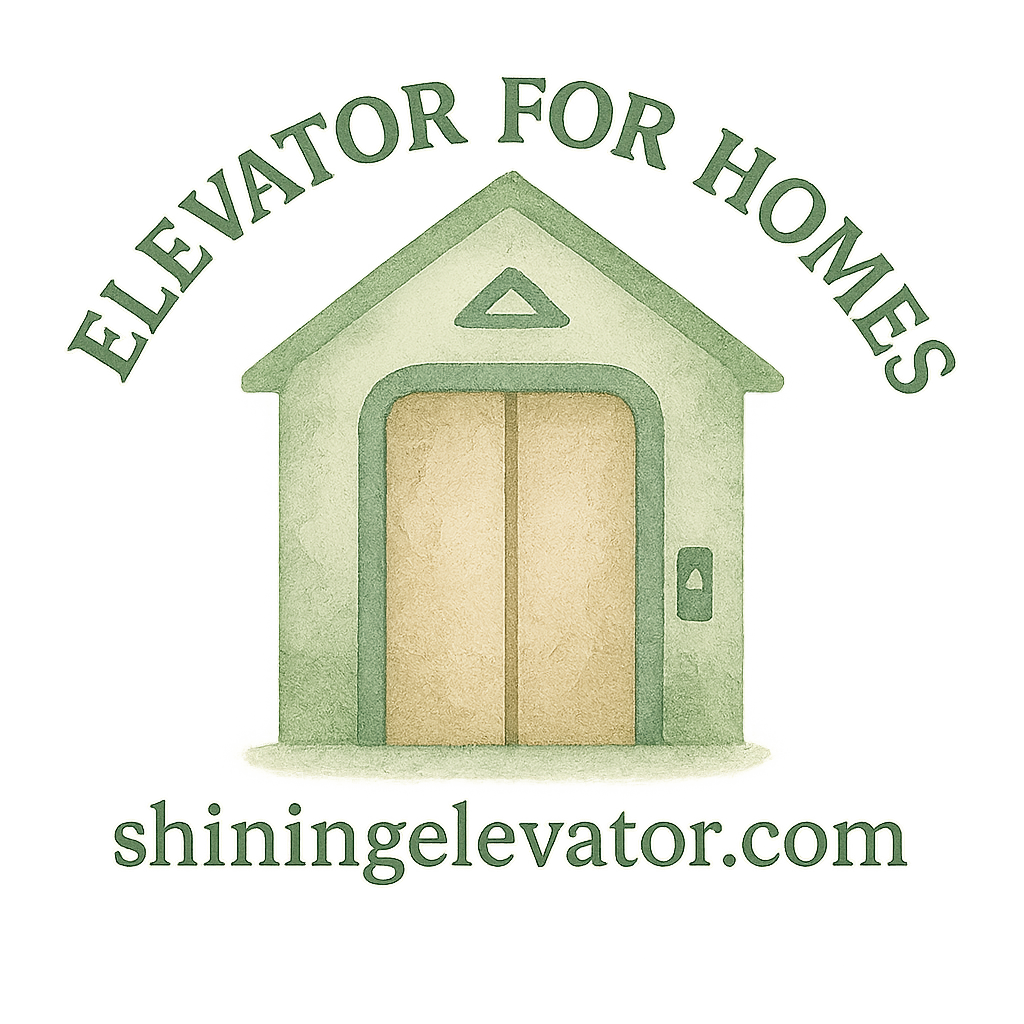Home elevators are no longer just luxury items—they’re becoming essentials for safety, accessibility, and convenience. But here’s the catch: while style and function matter, emergency features are the unsung heroes. Think of them like airbags in your car—silent until you need them most.
Let’s dive into the nine critical emergency features every home elevator should have, especially if you want peace of mind for your family and future.
Why Emergency Features in Home Elevators Matter
Emergencies don’t give notice. Whether it’s a power outage, fire, or mechanical fault, having the right features in place could mean the difference between a quick rescue and a scary ordeal. Especially in multi-level homes with seniors or children, safety features are a must-have—not a nice-to-have.
Explore how to make your elevator safer at Shining Elevator.
1. Emergency Alarm System
Instant Alerts That Save Lives
An emergency alarm system is the first line of defense. When someone gets stuck, this alarm signals help, either within the house or directly to emergency services.
Connection to External Support
Modern alarm systems are often wired to external responders. That means you’re not relying on someone being home to help. You’re connected—anytime, anywhere.
Explore more in Elevator Safety & Accessibility.
2. Battery Backup System
Power Outage? No Problem
Imagine a blackout. Now imagine being stuck mid-floor in an elevator. Terrifying, right? Battery backup systems keep everything running long enough to get the elevator to the nearest floor.
Safe Descent Feature
Most quality systems include an automatic safe descent, so you’re gently lowered even without electricity.
Visit Installation & Maintenance to see how to keep your systems reliable.
3. Automatic Telephone or Intercom
Communication in Crisis
An intercom or telephone lets the person inside contact someone immediately. It’s especially vital in households with seniors or those with health conditions.
Hands-Free Use for Seniors
The best systems offer voice-activated or push-button communication—perfect for elderly users. This is key to aging in place.

4. Emergency Lighting
Don’t Be Left in the Dark
When power fails, your elevator should stay lit. Emergency lighting ensures users can see clearly, remain calm, and locate emergency buttons.
LED Lighting That Lasts
Energy-efficient LEDs last longer and provide bright visibility. Small feature, big comfort.
5. Manual Lowering Function
Get Down Safely Every Time
Some situations may require someone outside the elevator to manually lower it. Think mechanical failure or extended power outage.
Trained for Manual Override
This feature is most effective when your provider walks you through its use during installation.
Planning tips available at Elevator Installation.
6. Fire Emergency Integration
Responds When Smoke Detected
Home elevators should connect to your smoke alarm system. If fire is detected, the elevator returns to a safe floor and stops functioning to avoid trapping anyone.
Home Automation Compatibility
Smart homes can integrate elevator safety into central control panels—linking alarms, locks, and motion sensors.
Find more about home planning and safety systems that sync.
7. Emergency Stop Button
When You Need to Hit the Brakes
Every elevator must have a big, clearly marked stop button. It’s your best tool in unexpected situations—like someone getting caught or the elevator behaving erratically.
Clear and Easy to Access
Ensure it’s placed low enough for wheelchair users and children too.
8. Weight Overload Sensor
No Room for Guesswork
Overloading can overstrain the motor and increase the chance of failure. Sensors automatically prevent the elevator from operating if it’s too full.
Protecting the Motor and Occupants
Some systems even show a weight reading to let you adjust before trying to move.
Visit Elevator Types & Features to see sensor-enhanced designs.
9. Door Lock Override
Preventing Entrapment Risks
When doors won’t open due to an error, an override lets rescuers safely unlock and assist.
Safety Meets Smart Engineering
These features balance security and accessibility—doors won’t open between floors, but can be unlocked at safe landings.
See more customization features available for modern elevators.
Planning for Safety Starts Early
Work With Professional Elevator Providers
The earlier you plan safety features, the better your outcomes. Reputable elevator providers—like those listed at Shining Elevator—ensure you don’t miss critical upgrades.
Design and Customization Insights
Elevator design isn’t just about style. It’s about blending aesthetics with real-world functionality.
Explore Design & Customization options.
Considerations for Seniors and Small Homes
Safety and Aging in Place Go Hand-in-Hand
Seniors benefit from quieter elevators, soft lighting, and reliable emergency controls. These promote independence and comfort.
See resources at Elevator for Elderly and Senior Safety.
Compact Elevators and Accessibility
Smaller homes aren’t left out. Compact elevator models include safety features without taking up much space.
Perfect for space-saving lift needs.
Installation and Maintenance: Keeping Emergency Features Effective
Routine Checks Save Lives
Emergency systems aren’t “set and forget.” They require regular testing and maintenance.
Explore maintenance budgeting to prepare for long-term safety.
Choose Trusted Elevator Companies
When safety’s on the line, don’t cut corners. Trusted elevator companies provide dependable service and customer support.
Conclusion
Emergency features in home elevators aren’t optional. They’re your safety net, your insurance policy, and your peace of mind all rolled into one. Whether you’re building new or upgrading an old lift, prioritize these nine features.
Don’t wait until something goes wrong—design smarter, live safer.
Explore all your planning, budgeting, and design options at Shining Elevator.
FAQs
1. Do I really need emergency features in a residential elevator?
Yes! Emergencies happen at home just like in commercial spaces. These features could save a life.
2. How often should I test my elevator’s emergency systems?
At least twice a year. Check with your installation and maintenance provider for best practices.
3. Can emergency features be added to an existing elevator?
Absolutely. Many features like alarms, lighting, and phones can be retrofitted. Contact trusted elevator providers for upgrades.
4. What’s the cost impact of adding emergency features?
They add a small cost upfront but save thousands in potential damage or liability. See elevator expenses for budgeting tips.
5. Are these features required by law?
Local regulations vary, but safety experts recommend them regardless. Visit elevator process for compliance insights.
6. Which features are best for homes with elderly residents?
Battery backup, intercoms, emergency lighting, and overload sensors are key. Learn more at residential elevator.
7. What’s the best emergency system for a small home elevator?
Focus on compact systems like alarm buttons, battery backups, and door overrides. Browse small home elevator solutions.


